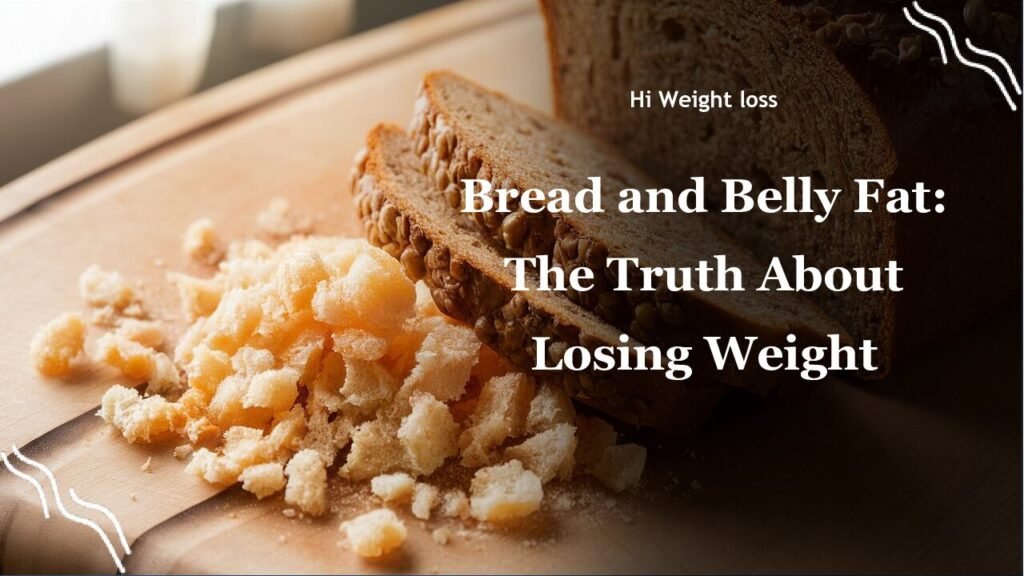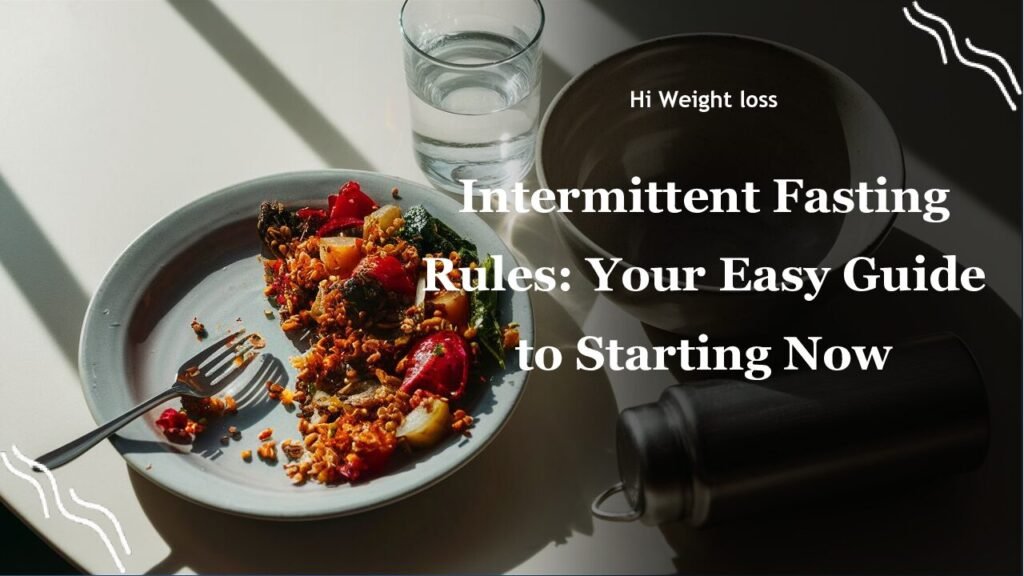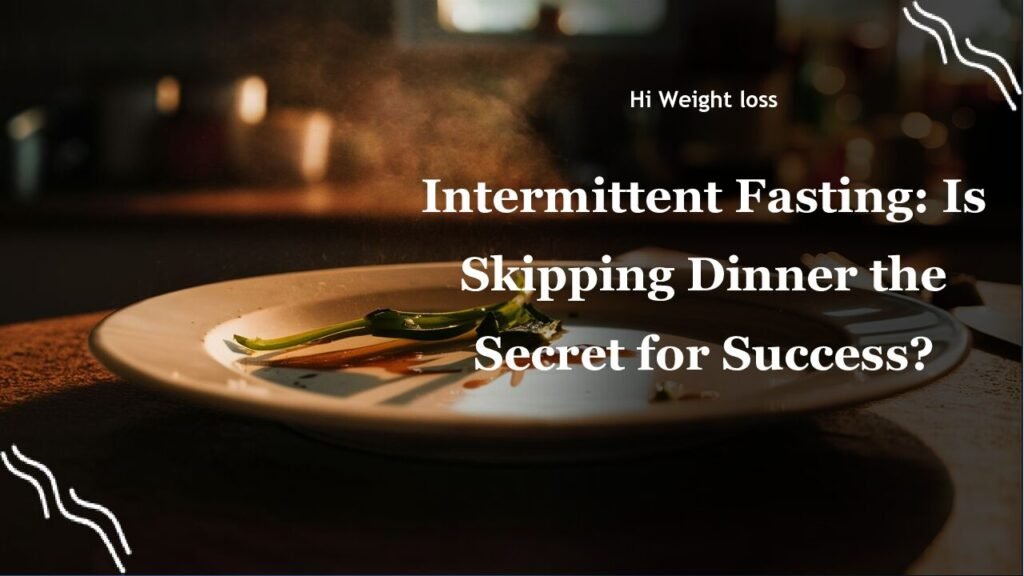“`
Are you staring at your belly, wondering if banishing bread will magically make it disappear? It’s a common thought, but the truth about whether stopping bread consumption leads to a flat stomach is more complex than you might think. You see, it’s not about eliminating bread altogether, but rather about *what kind* of bread you’re eating and your overall lifestyle. Let’s dive into the real factors affecting belly fat and clear up some of the confusion surrounding bread.
Will I Lose Belly Fat if I Stop Eating Bread?
The Great Bread Debate: Refined vs. Whole Grains
Let’s talk about types of bread. It’s a game changer when it comes to your health. I remember a few years ago when I decided to completely cut out carbs, which meant saying goodbye to my beloved white bread toast. It was miserable. I felt tired and honestly, didn’t see a change in my belly fat. That’s because not all bread is created equal. Refined grains, like white bread, are often stripped of their nutrients and fiber. This makes them quickly digestible, leading to blood sugar spikes and potential weight gain, including visceral fat, the dangerous kind that accumulates around your organs.
On the other hand, whole grains, like whole wheat or rye bread, are packed with fiber, vitamins, and minerals. This extra fiber slows down digestion and keeps you feeling fuller for longer, which can actually aid in reducing visceral fat. This was a personal game changer for me. Swapping white bread for whole wheat made such a difference in my energy levels, and I saw results in my fitness goals.
The Power of Fiber: How It Impacts Belly Fat
The difference between refined and whole grains comes down to fiber. Think of it as a cleanup crew for your digestive system. Soluble fiber found in whole grain bread helps slow down food digestion, which keeps you feeling satisfied for longer. This means you’re less likely to overeat, leading to a lower overall calorie intake, which is crucial for losing belly fat. However, be careful! If you replace white bread with equally processed refined carbohydrates, you may not see results. My sister tried this, replacing bread with rice cakes and found herself with the same cravings and no progress on her weight loss journey. It needs to be a mindful, balanced replacement.
Calorie Balance: The Key to Belly Fat Reduction
Ultimately, whether you eat bread or not, losing belly fat depends on maintaining a calorie deficit. This means you need to burn more calories than you consume. I have another friend who decided to cut out bread completely. He replaced it with extra helpings of pasta and rice, and then wondered why he didn’t see any changes. Cutting out bread alone isn’t a magic ticket to a flat stomach. Weight loss and fat reduction are a result of overall healthy eating habits, not just eliminating one food item. If you cut out bread but then overcompensate with sugary snacks or high-fat foods, you won’t see the results you want.
On the flip side, if you maintain a balanced diet that includes whole grains, manage your portion sizes, and exercise regularly, you are more likely to see improvements in your weight and fat distribution, including the reduction of belly fat. It is so important to listen to your body and adjust things accordingly.

The Importance of a Balanced Lifestyle
Reducing belly fat isn’t just about diet; it’s about a holistic approach to your well-being. Regular exercise is crucial. I find that incorporating a mix of cardio and strength training not only helps with fat loss but also boosts my mood and energy levels. Plus, managing stress is also really important. High stress levels can lead to increased cortisol, which can contribute to belly fat accumulation. So, make time for relaxing activities that help you de-stress like yoga, or just reading a good book.
It’s all about making small, sustainable changes that you can stick with in the long run. So instead of looking at bread as the enemy, maybe look at it as a tool. Whole grains can fit into a balanced diet and support your goals if you use them correctly.
Practical Tips for a Healthier Lifestyle
Let’s get down to some concrete actions. If you are aiming to reduce your belly fat and still enjoy a good slice of bread, here are a few things to keep in mind:
- Choose whole grain options: Opt for whole wheat, rye, or multigrain bread instead of white bread. Look for options with high fiber content.
- Watch your portion sizes: Even with healthy options, be mindful of how much bread you’re eating. One or two slices is usually sufficient.
- Combine bread with healthy pairings: Pair your bread with good sources of protein and vegetables to make it a balanced meal. Avocado toast on whole wheat is one of my favorites!
- Stay active: Make physical activity part of your daily routine. Aim for at least 30 minutes of exercise most days of the week.
- Manage stress: Incorporate stress-reducing activities like meditation, yoga, or spending time in nature.
These are all small changes that can make a big difference. The most important thing is to be consistent. It’s not about a quick fix, but about building habits that support your overall health and wellness.
Understanding Your Body: A Table of Insights
To help you visualize the impact of different types of bread and habits, here’s a simple table:
| Factor | Impact on Belly Fat |
|---|---|
| Refined Grains (White Bread) | Can contribute to weight gain and increased visceral fat. |
| Whole Grains (Whole Wheat Bread) | May help reduce visceral fat and promote satiety. |
| Fiber Content | High fiber can lead to reduced calorie intake and lower belly fat. |
| Calorie Deficit | Essential for weight loss and belly fat reduction. |
| Regular Exercise | Helps burn calories and reduce overall body fat. |
| Stress Management | Reduces cortisol levels, which can lower belly fat. |
Conclusion
So, will stopping bread consumption help reduce belly fat? The simple answer is: it’s not that straightforward. The type of bread you eat, your overall calorie intake, and your lifestyle habits play more important roles. Cutting out bread completely might not be the best approach if you’re not addressing other factors. It is always advisable to seek advice from a professional dietitian, so they can formulate a unique plan for you, tailored to your needs and goals. Remember my story, my sister’s story, and my friend’s experiences? All of these can serve as illustrations of how different actions yield different results. You need to find what works best for you!
Instead of demonizing bread, focus on making balanced choices. Choose whole grains, watch your portions, and prioritize a healthy lifestyle. This balanced approach can truly help you achieve your belly fat loss goals and feel better overall. Now that you are armed with all this information, what steps will you be taking toward reaching your fitness goal? Share this article with friends who might also be pondering about the bread/belly fat dilemma. Let’s start this healthy journey together!
FAQ
Is white bread really that bad for you?
White bread is low in fiber and nutrients, which means it can contribute to rapid blood sugar spikes and weight gain, including belly fat.
How much whole grain bread should I eat per day?
A couple of slices of whole grain bread per day is a good guideline, but listen to your body’s hunger and fullness cues.
Can I lose belly fat just by exercising?
Exercise is important, but diet plays a major role. It’s most effective when combined with a healthy diet.
How long does it take to reduce belly fat?
It varies for each individual. Consistency and patience are key. It’s a journey, not a sprint.
What kind of exercise is best for losing belly fat?
A mix of cardio and strength training is ideal for reducing overall body fat and belly fat.
“`



